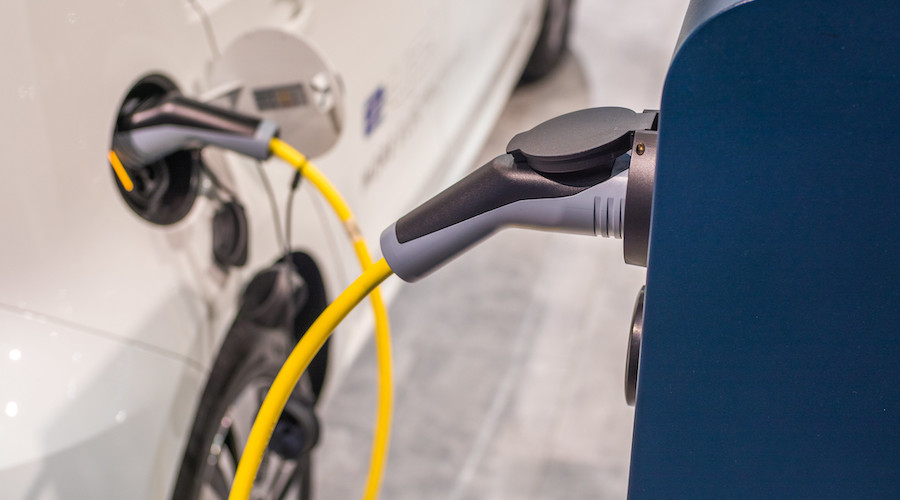
Researchers at Japan’s National Institute of Materials (NIMS) and Softbank Corp. have developed a lithium-air battery with an energy density of over 500Wh/kg, which is significantly higher than current lithium-ion batteries.
In a paper published in the journal Materials Horizons, the scientific team behind the development explains that this battery can be charged and discharged at room temperature and shows the highest energy densities and best cycle life performances ever achieved.
Lithium-air batteries are metal-air electrochemical cells or battery chemistries that use oxidation of lithium at the anode and reduction of oxygen at the cathode to induce a current flow.
Scientists believe the devices have the potential to be the ultimate rechargeable batteries: they are lightweight and high capacity, with theoretical energy densities several times that of currently available lithium-ion batteries.
Once the technology reaches commercial stage, the batteries could be used in drones, electric vehicles and household electricity storage systems.
Despite their very high theoretical energy densities, only a small number of lithium-air batteries with high energy densities have actually been fabricated and evaluated. This limited success is attributed to the fact that a large proportion by weight of lithium-air battery contains heavy inactive components such as separators and electrolytes that do not directly participate in actual battery reactions.
With the goal of advancing the technology, NIMS and Softbank sought funding from the Japan Science and Technology Agency and in 2018, co-founded the Advanced Technologies Development Center. The ultimate objective is to put lithium-air batteries into practical use in mobile phone base stations, the Internet of Things, high altitude platform stations and other systems.
Thus, they started developing original battery materials that significantly increased the performance of lithium-air batteries. Then, they came up with a technique to fabricate high-energy-density lithium-air cells and finally, the group created a new lithium-air battery by combining these new materials and the fabrication techniques.
The resulting battery exhibited energy density over 500 Wh/kg—substantially higher than currently lithium-ion batteries. Notably, the repeated discharge and charge reaction proceeds at room temperature. The energy density and cycle life performance of this battery are among the highest ever achieved.
To continue building on this success, the team is currently developing higher-performance battery materials and plans to integrate them into the newly created lithium-air battery with the aim of greatly increasing the battery’s cycle life.





























